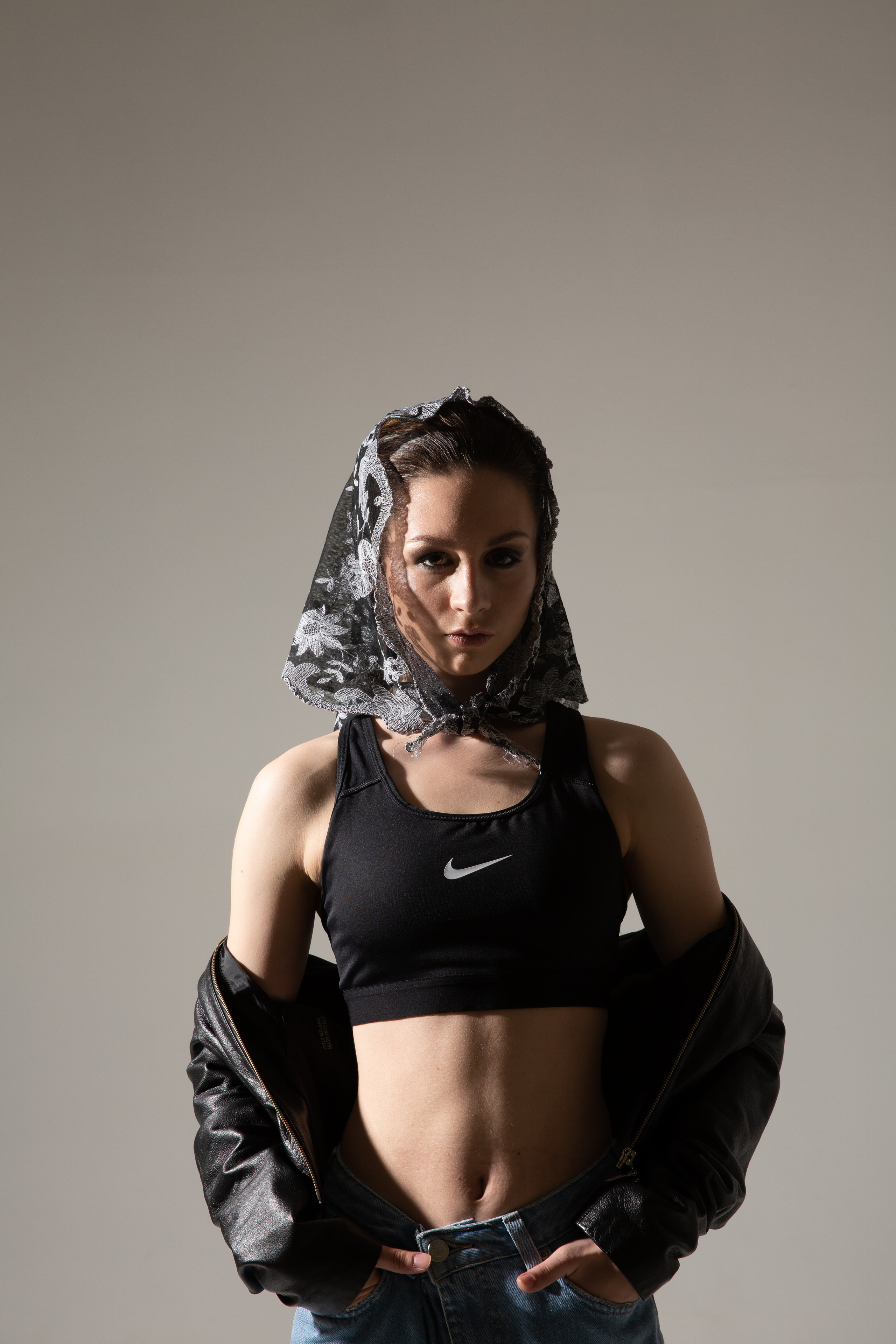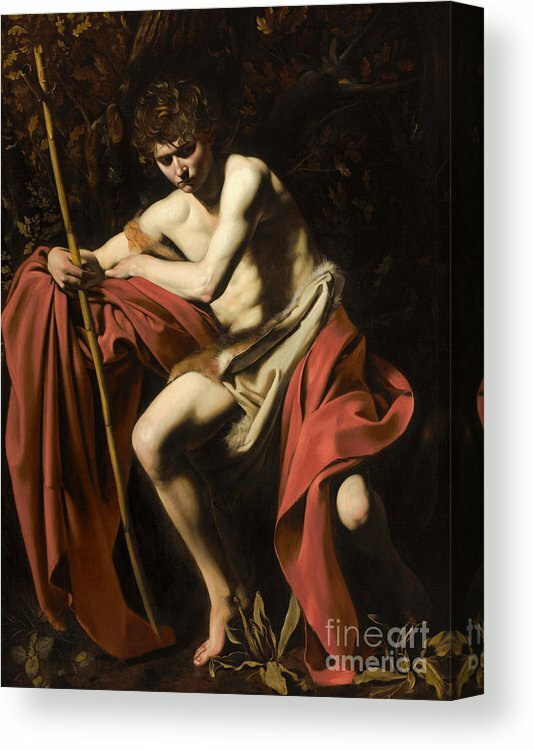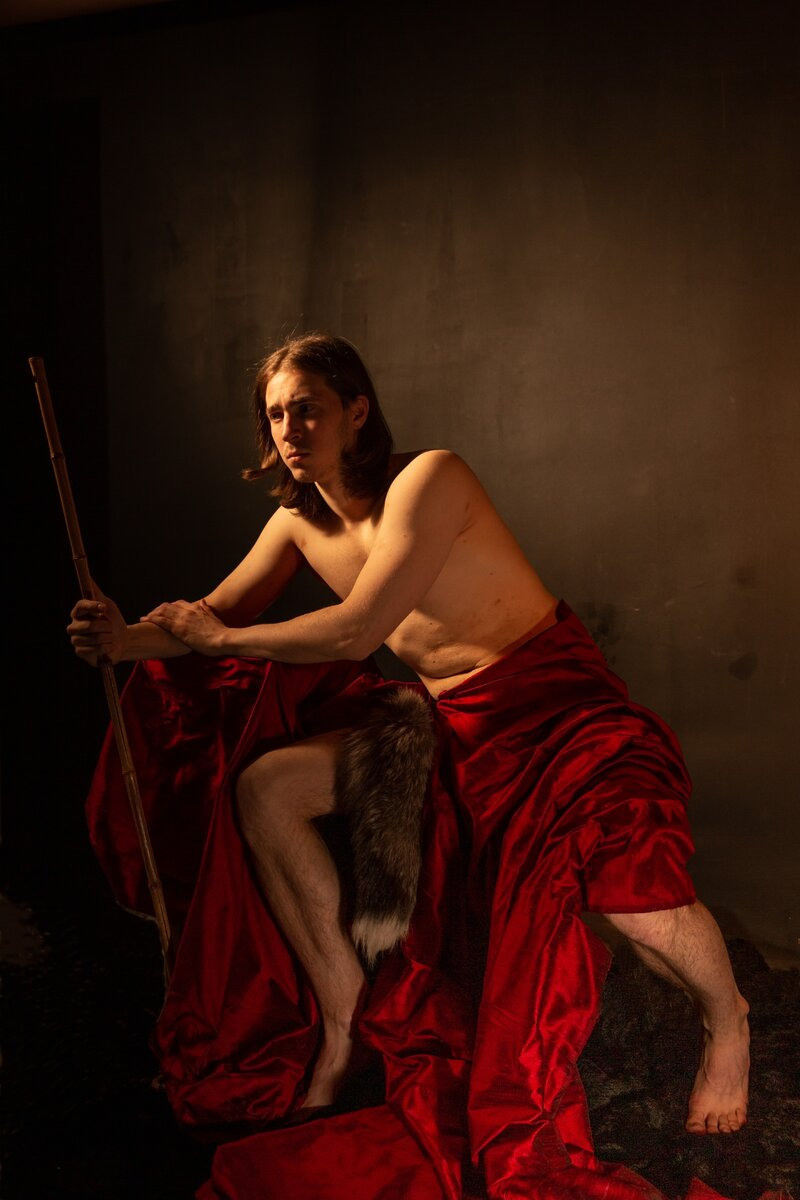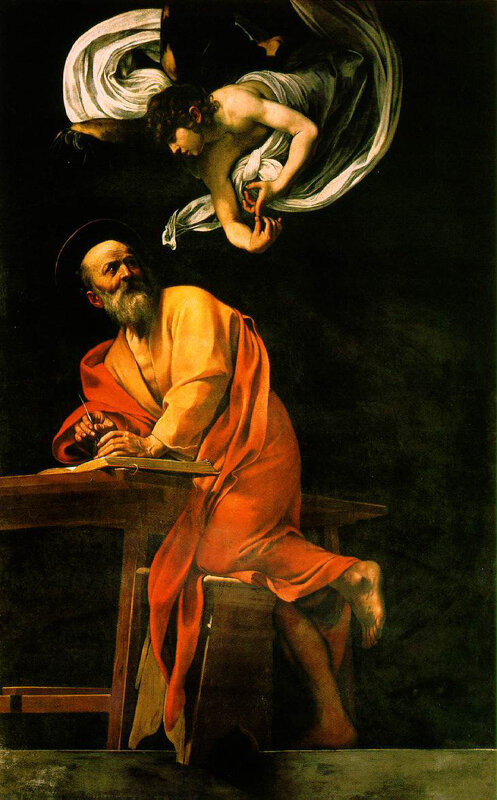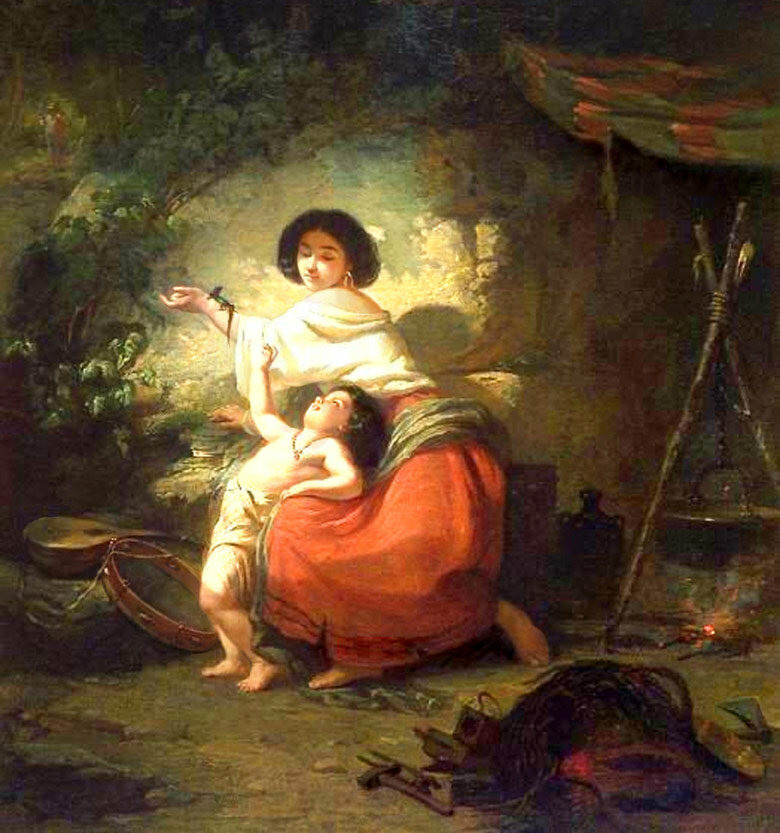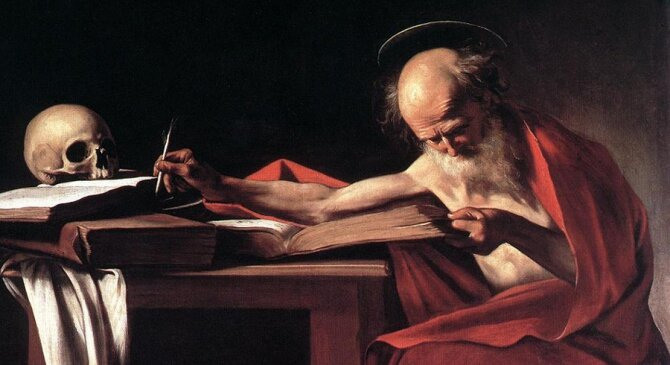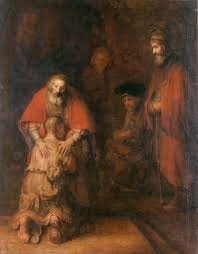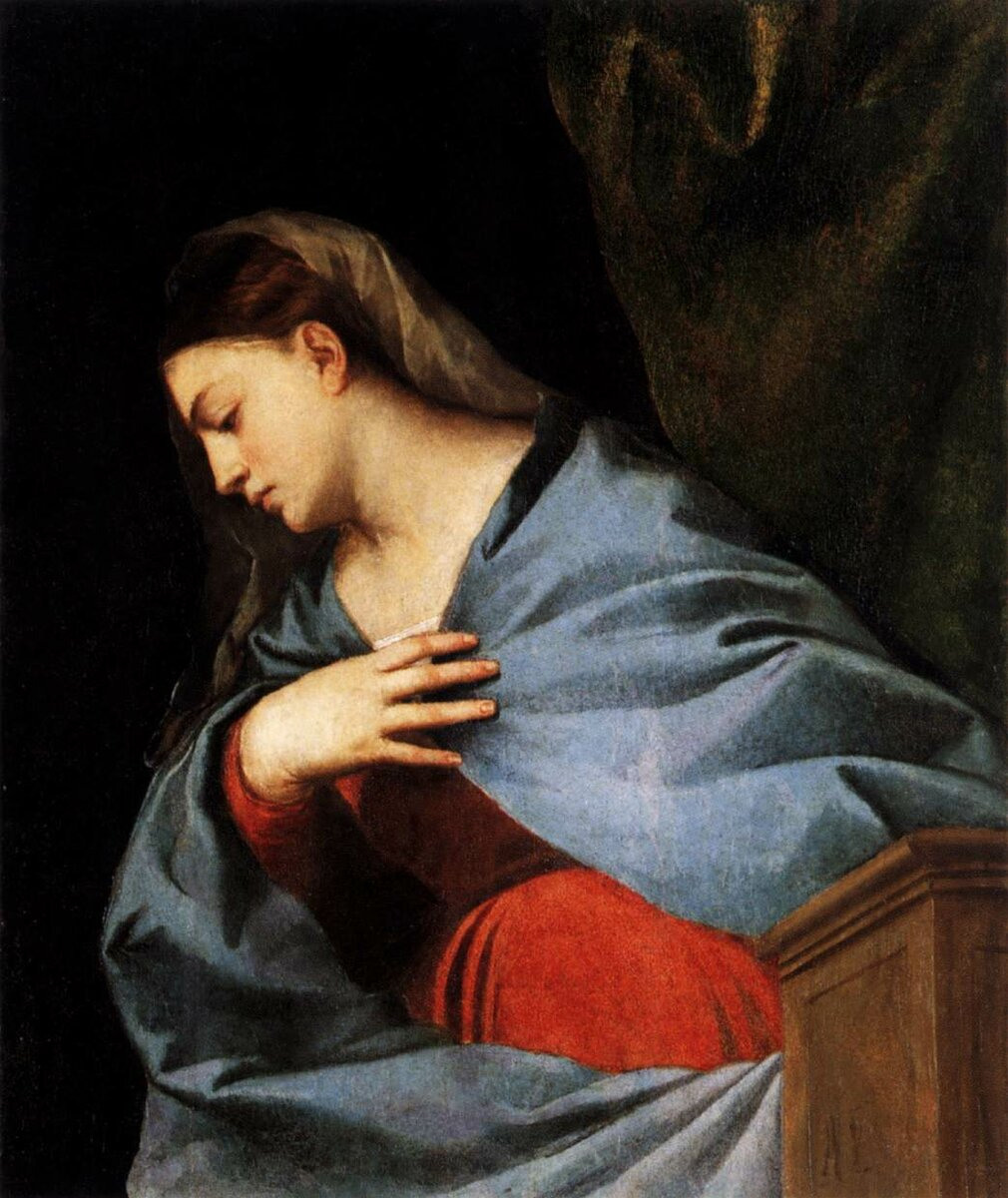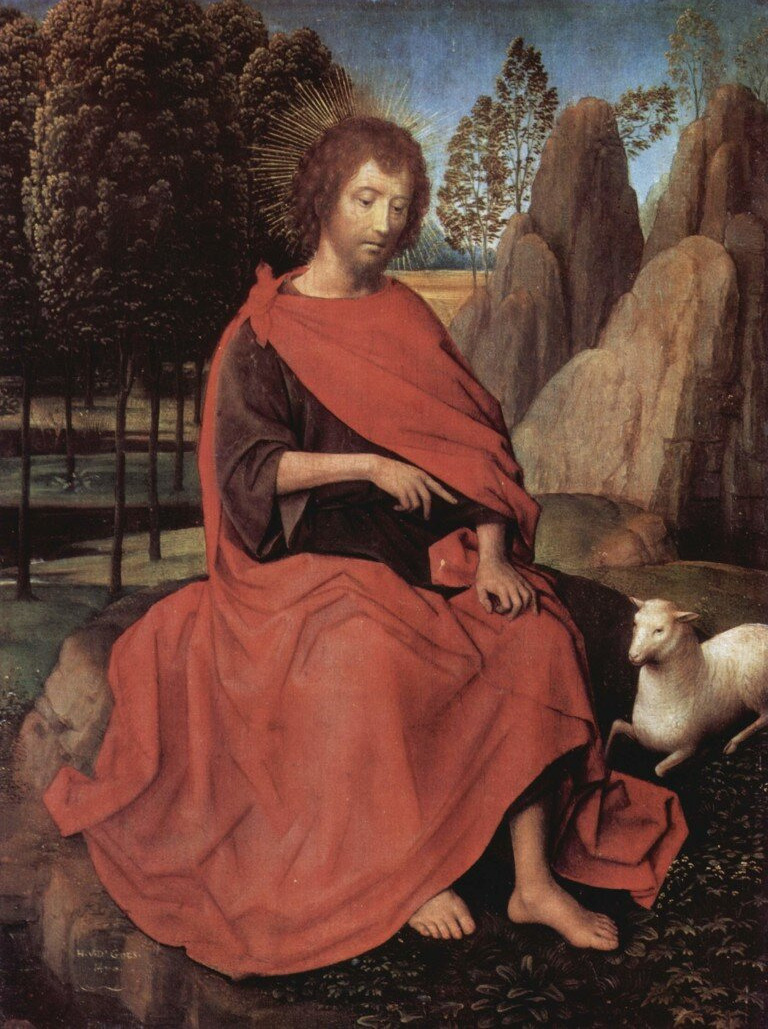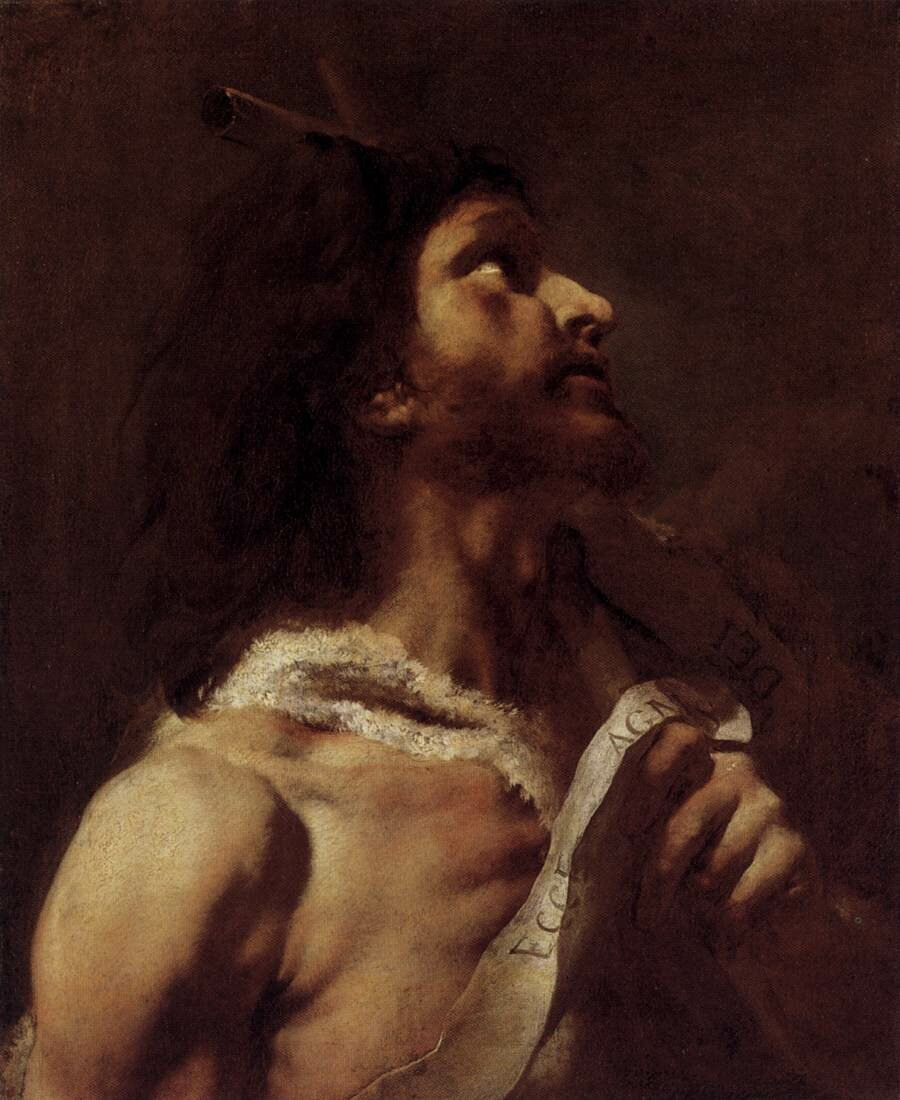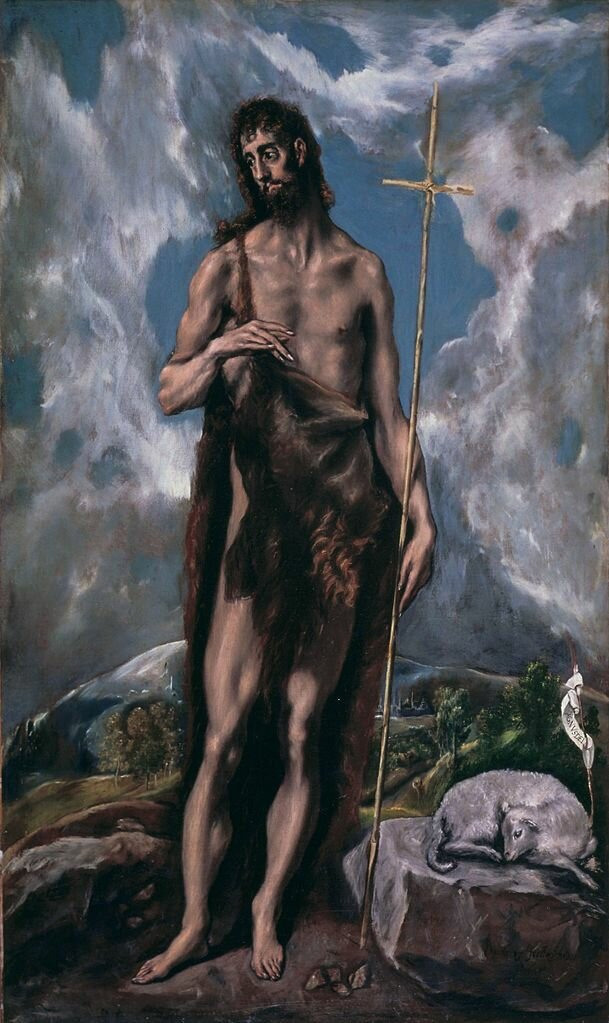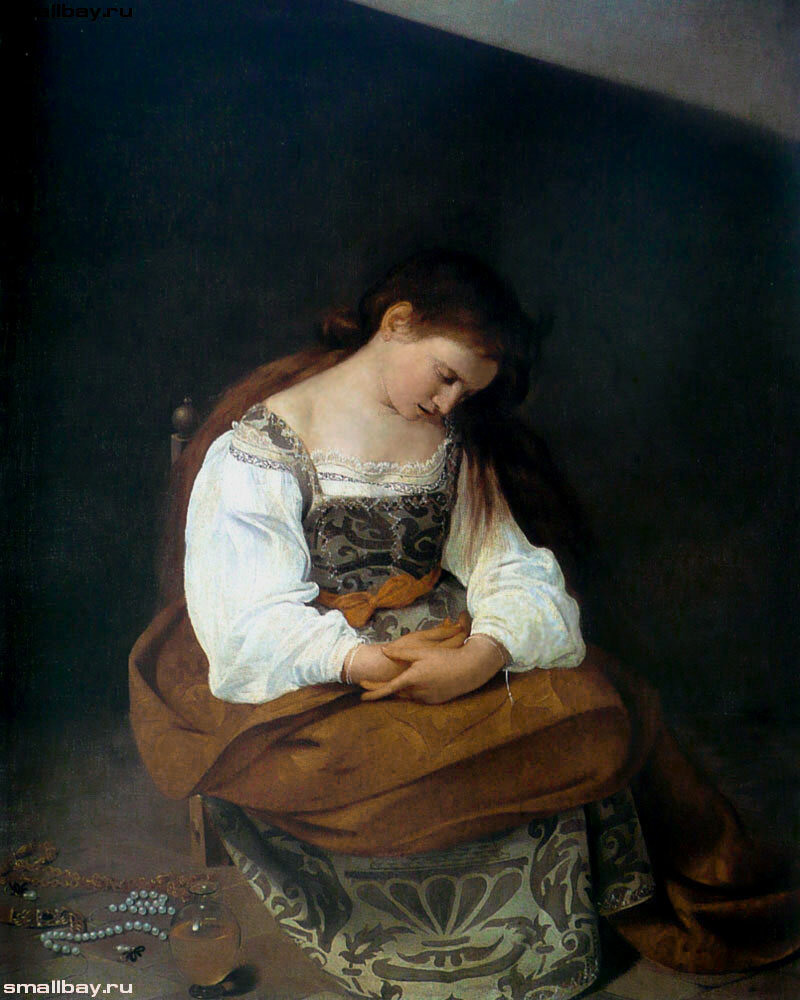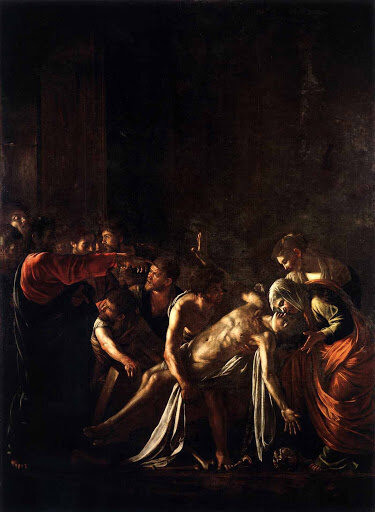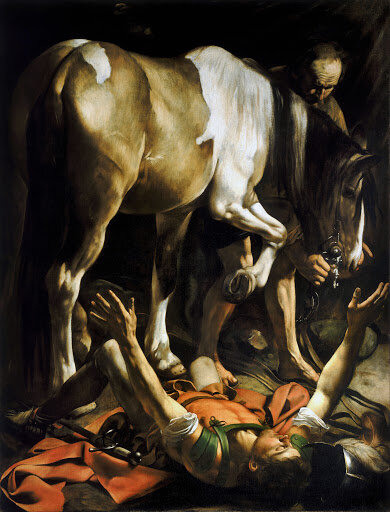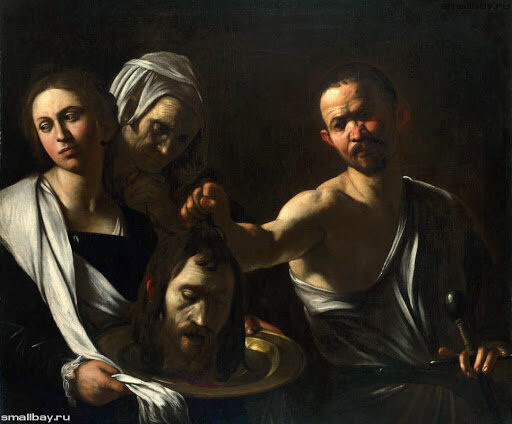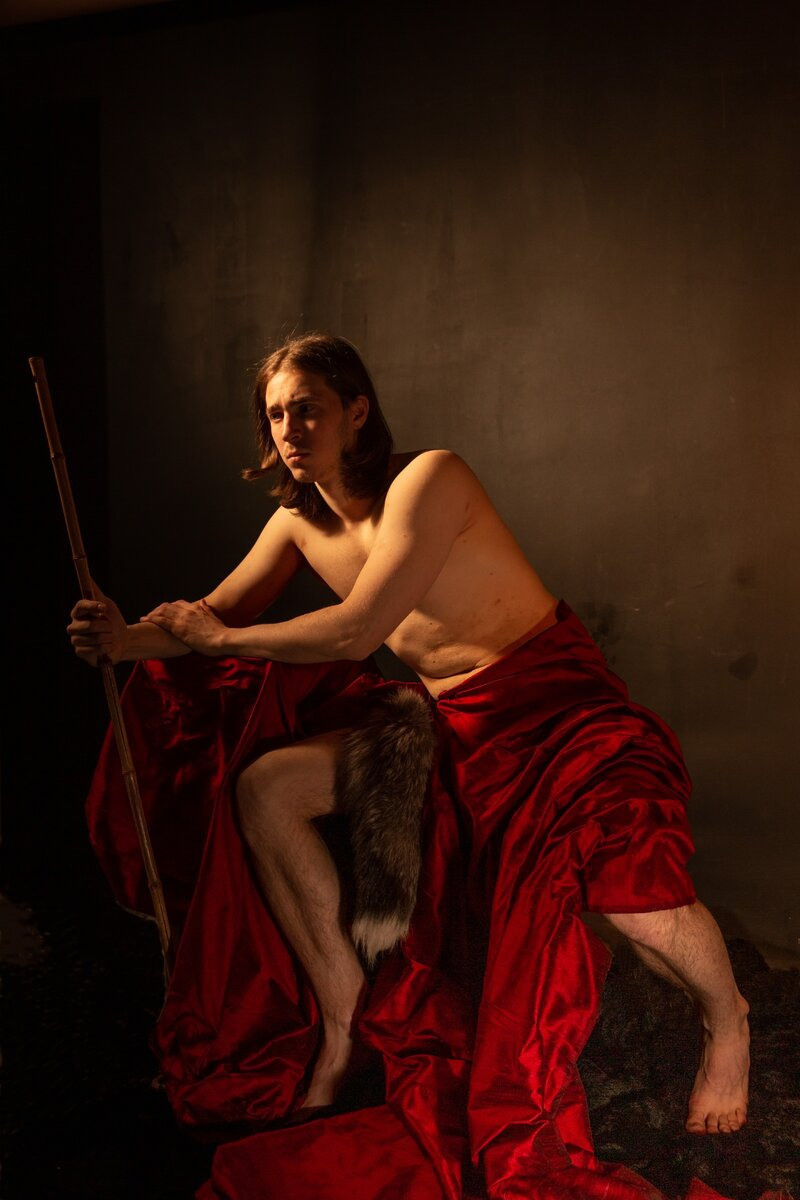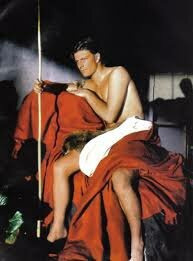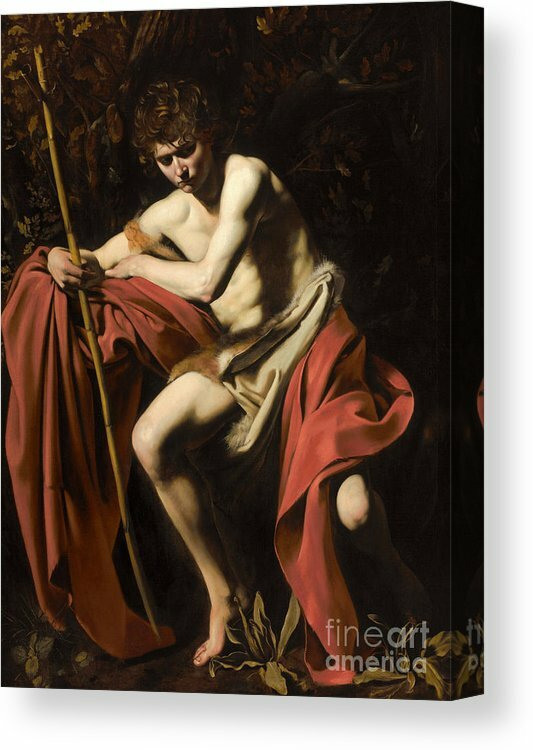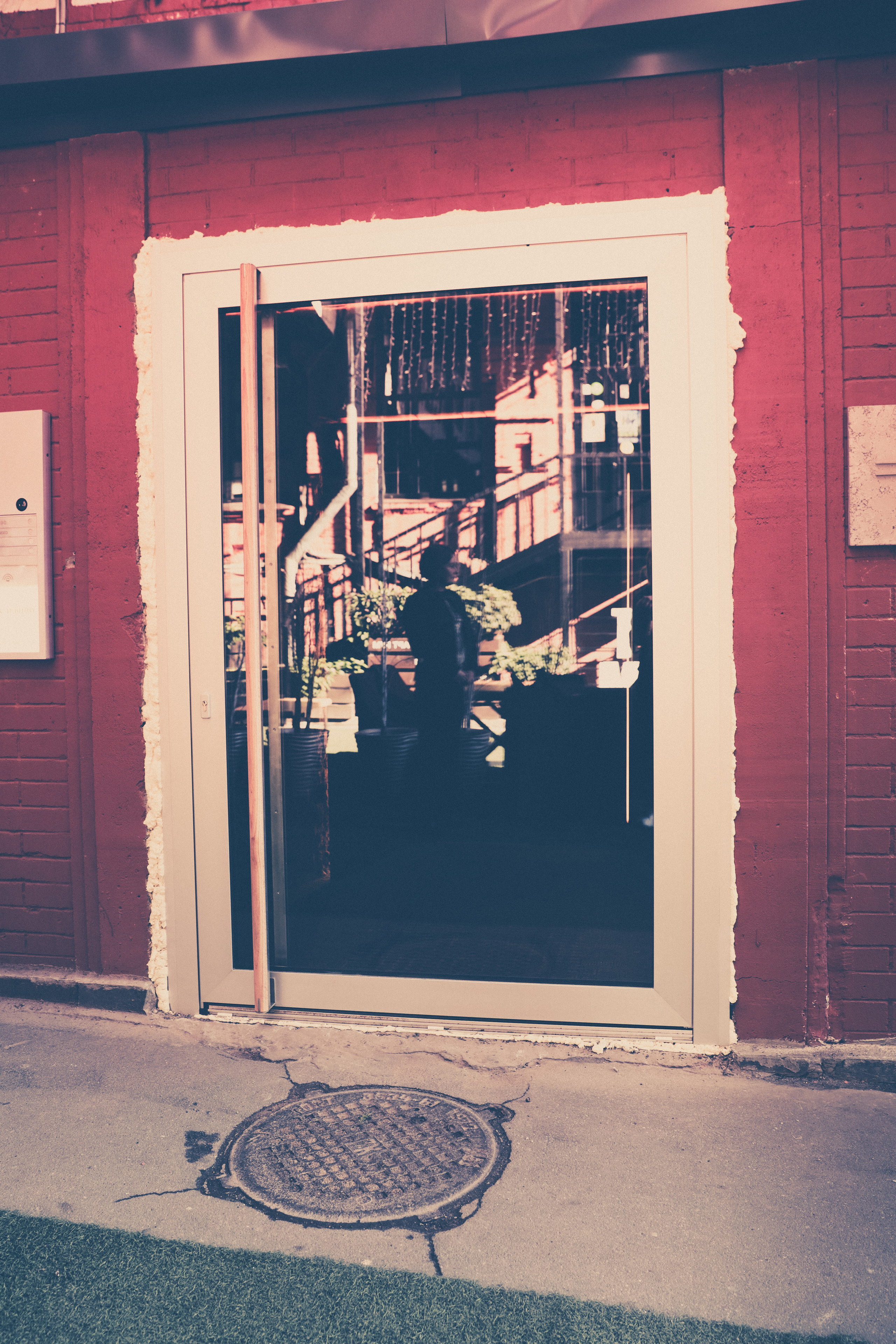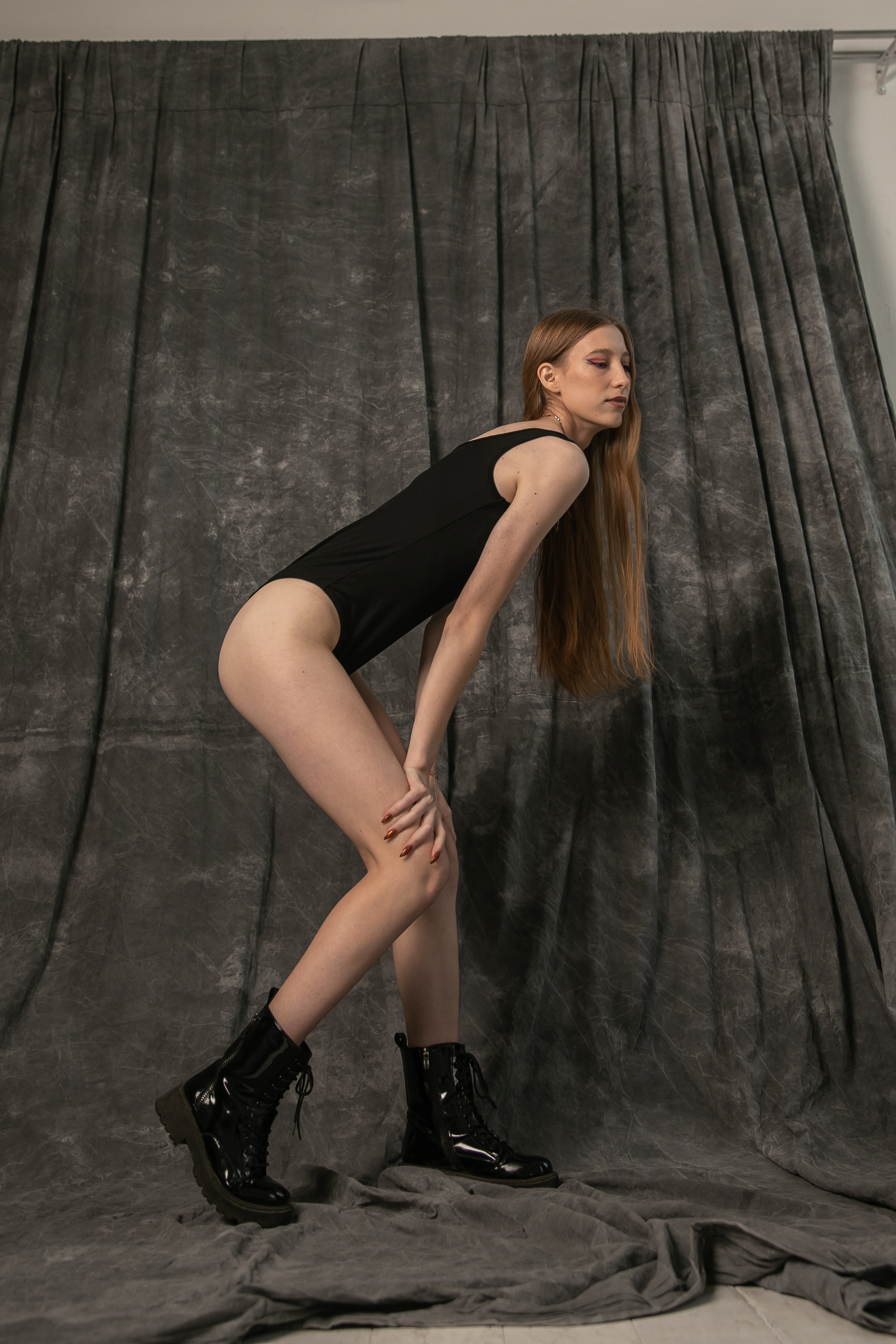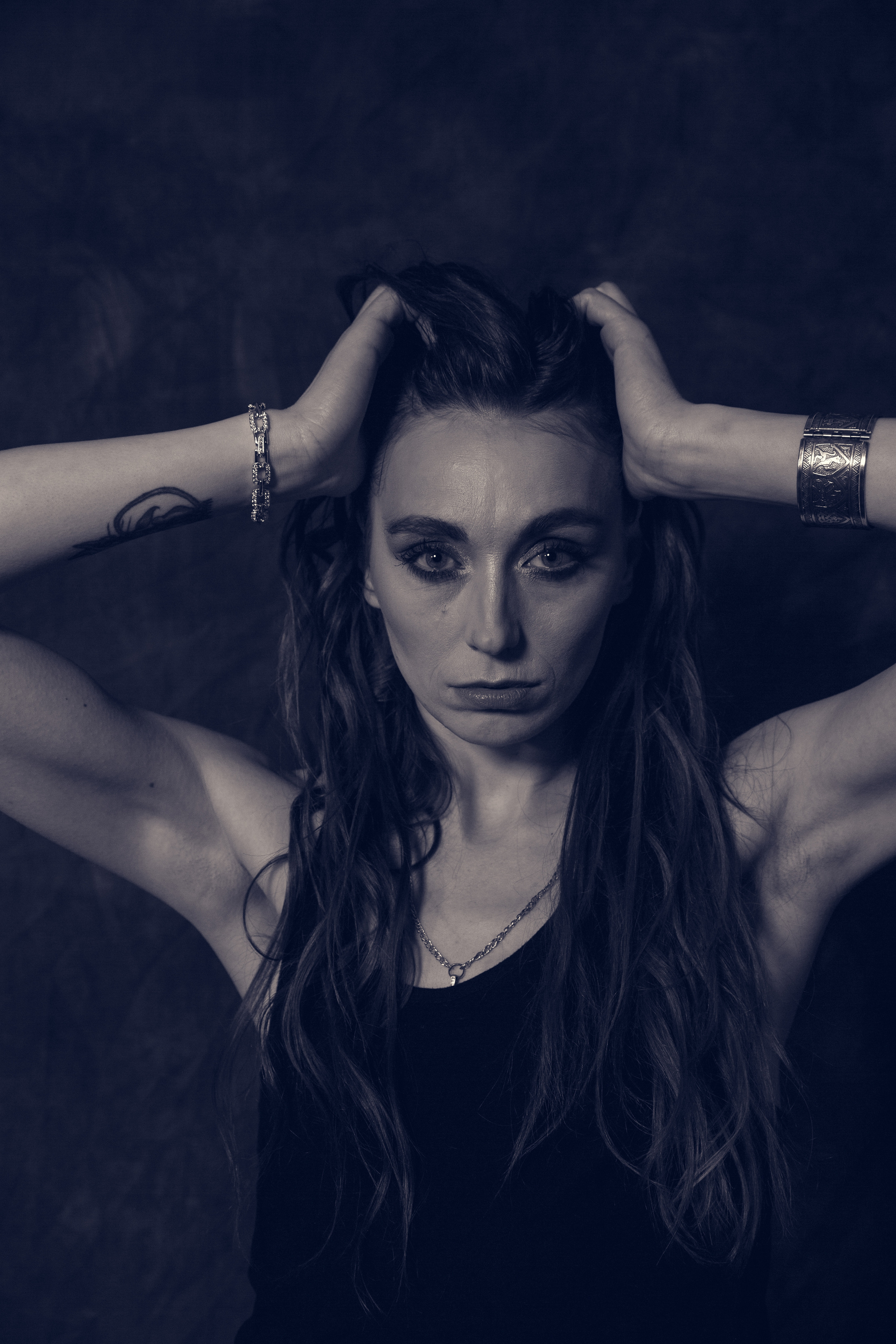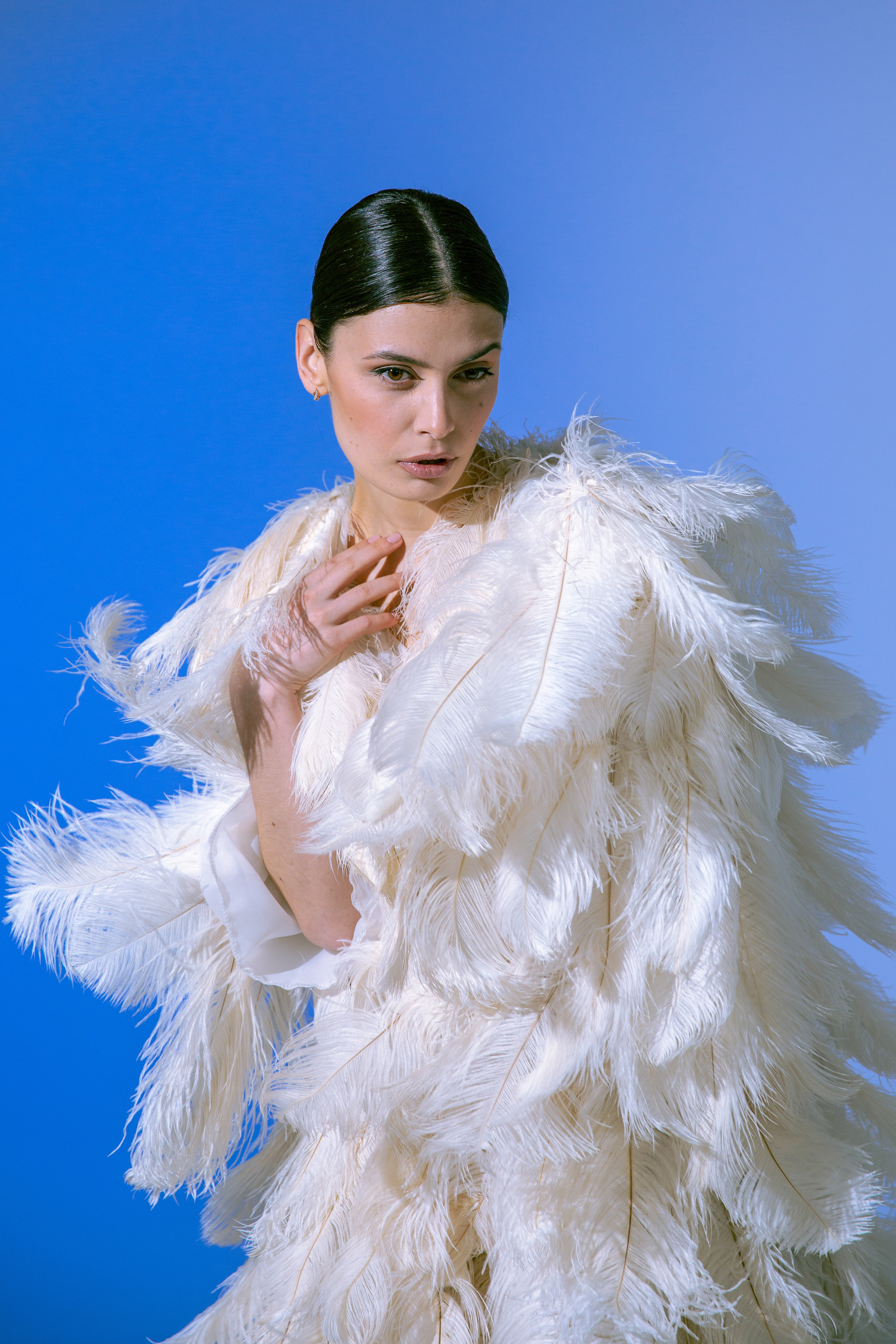Similar and not-so-similar works.
Let us compare several paintings. In his work “St. Jerome”, the same muted background is used, but the main details are brightly highlighted. Just as in the painting with John, the body, skin texture, texture of fabrics are well worked out. Blood red is one of the author’s favorite colors. A symbol of Christ’s blood and royalty, the color of the vestments of cardinals and bishops. On the forehead of Jerome is a bright glare, but not overlight. Like John he is consecrated brightly, contrastingly, but without loss of darkness. Let us compare it with Titian’s work. Here everything is a little softer, although the light accents perfectly laid on the canvas. The skin is softer, not so textured, smoothed. Rembrandt’s “The Return of the Prodigal Son.” Rembrandt studied with Caravaggio and thought very highly of him. He strongly softens the light and shadow pattern, does not emphasize the texture here, he has everything more intimate, muted, at the same time, color accents are noticeable and important. It is more of an “almost side-by-side” than a copy or imitation. And at the time of painting, Rembrandt was already considered and was a master.
The image of John the Baptist is one of the most popular among Renaissance and later artists.
I like geniuses whose life is an adventure. People who consist of two hypostases — the artist and the hustler. The life of body and spirit and soul moves in parallel, in non-obvious plots, intersecting in the works as in a bifurcation point. Caravaggio resembles Joseph Brodsky in both the power of genius and the power of suffering.
In the measure of projection into time, of course. In the painting St. John has, on the one hand, internal drama, the play of light only emphasizes his inner metamorphosis. The prophet seems alive, not very ascetic, young beautiful, but tense body, with clearly readable internal mental conflict. Not at all young John will appear in Caravaggio’s painting “Cutting off the Head of John the Baptist”.
His head is a self-portrait of the artist, and he is scary. Although, to be fair, I note that, purely historically, the character’s age difference with the image “In the Desert” is only three years. It seems that Life. The young John the Baptist is placed in a kind of garden. Stylistically one guesses the remnants of Mannerist painting. The foliage evokes youthful, green lightness. Judging by the vegetation, this is not a desert. So John is depicted before the moment of going into asceticism.
The young man is serious, but those secular curls, for some reason the artist decided so. Slightly lighter than the image of the prophet, but more serious than the boy from the street. The clothes, of course, are of the Catholic canon. After all, John wore nothing but a girdle and Caravaggio could not have been unaware of this.1. Антон Рафаэль Менгс.
2. Hans Memling. 3. Giovanni Batista Piazzetta, 17th century.4. El Greco.
The context of the era.
Italy. Late 16th, early 17th century. An era incredibly rich in art and science. At the same time… Fragmentation. On the territory of Italy several independent states, among them the Duchy of Milan and the Papal area, as well as — the Kingdom of Naples (Our hero, by the way, visited everywhere). There were religious wars all over Europe. The economy was rising and falling. The power of the Catholic Church, with its corrupt, greedy cardinals, extended to everyone and everything. The collapse of the Renaissance led to the Reformation. Catholicism came to be condemned. The sale of indulgences, essentially forgiveness of sins for money, began! The Church’s credibility declined. Nevertheless, it was then that the Church supported new artistic movements and artists!
Apparently, to strengthen the authority among the aristocracy, which already wanted change., change in everything In painting subsides Renaissance and in contrast to it, as a new and progressive, appears Mannerism. Prevails more emotionality, dynamism. A departure from the central composition, bright non-naturistic colors, unusual perspectives. It was short, but it was a revolution. To refute the old norms and move away from the classics. At this point and grows the genius of Caravaggio, pushing the next concept to the margins. In essence, he is the alternative.
When he was 5 years old, his father and mother died of malaria. So, after a long wandering, he begins to learn to paint. From the Mannerists, of course.
And already at the age of 13 he does it in a decent workshop of a pupil of Titian. The character of Caravaggio can be characterized as quarrelsome, pugnacious, prone to adventures and drunken brawls. How much this goes against his painting! Unless, of course, you know that the models served him, as a rule, all the same people from the street, with whom, perhaps, last night he fought to the blood.
An alternative that quickly became avant-garde
His talent, in spite of his chaotic life, stood outside the schools. The aim was to show the inner problems of spiritual and worldly nature in a realistic, innovative way through various images. It was a challenge, an alternative that quickly became avant-garde, and even by the end of his life had not become fashionable. At the age of 22, after another scandal and a fight, he fled to Rome. There he got acquainted with many patrons of the arts, as well as with Bruegel the Elder. Once again for debauch and brawl he was put in prison, where he met Giordano Bruno.
I don’t think it was a silent time. In paintings he uses the manner of Leonardo, Bellini and Montaigne. All of these tended to be expressed in ecclesiastical subjects. At the age of 23 he falls ill with fever and for six months is between life and death. After which everything changes dramatically. The smell of death, its presence leads to an inner reassessment.
He paints realistic, democratic paintings — simple people, in simple situations. Multifigure appears. Characters are flooded with bright light, as if pushed close to the viewer. They are plastic and thorough. At the same time, working for Cardinal del Monte, where he meets Galileo and Campanella. Again, I don’t think they just drank wine, silently)At 25, he gets a recommendation to join the Academy of St. Luke. But he is not accepted. He’s not understood! Too innovative. At the age of 25-28, he creates his own style, the Chiaroscuro style. More precisely, he establishes himself in it as a master.1. Penitent Mary Magdalene. 2. The Resurrection of Lazarus.
And for the first time, he’s writing women. Penitent Mary Magdalene, for example.
The paintings show naturism, not accepted then, in the era of Mannerism… Poses, skin condition, clothing… Everything is as realistic as possible. The work with light becomes more and more clear, one can guess the handwriting. Caravaggio’s devotion to realism sometimes went very far. Example — the work on the painting “The Resurrection of Lazarus”. “Referring to eyewitness testimony, literary Susinno tells how in the allotted for the workshop spacious room at the hospital of the Crusader brotherhood of the artist ordered to bring dug out of the grave the body of a recently killed young man and undress him to achieve greater authenticity in the writing of Lazarus. Two hired sitters flatly refused to pose, holding in his hands already beginning to decompose the corpse. T
hen, enraged, Caravaggio snatched a dagger and forced them to forcefully submit to his will”. That’s what the Master is all about. At the age of 27, also under the influence of Michelangelo’s works, Caravaggio wrote John the Baptist. At this point, he is already very famous. He is a great revolutionary of painting. The painting John the Baptist was the starting point in the creation of a series of biblical characters of amazing depth. In the canvases there are direct quotations from Michelangelo (the painting of the Vatican Chapel, the sculpture on the tomb of Pope Julius — Moses).
Gestures, poses. But not the manner of writing. He can write for a few hours, and then all day and all night to go on a bender. No drafts. Maybe he was lazy? Or he was in a hurry to live a different life, in a hurry to live.
And perhaps the pinnacle of his realism and breakthrough was the painting “The Conversion of Saul”. The master is 29 years old.
Bold, new composition, the archetype of the biblical character is broken, realism and style is almost impressionistic.
The image of John the Baptist is written again and again. John the Baptist is the man who united the Old and New Testament. According to the Savior, there was no prophet higher than him. So Caravaggio probably became one of the prophets of the Reformation, combining avant-garde art with realism.
The master has an internal struggle between a fiery, free-spirited temper and inner reflection. It’s constant. And even as a monk in Malta and accepted into the Maltese order, his nature wins out. He gets into trouble again and gets into stories again. Eventually banished from the pope and the papal realm. He wanders, but in his wanderings he writes paintings. Life goes back to the beginning, when he was a boy wandering in search of shelter. In exile, having been forgiven by the Pope, Michelangelo in illness, dies. He’s 42 years old! A gift to the Pope, a ticket to freedom was the masterpiece “Salome with the head of John the Baptist”!!! The last thing the master painted. And again in the plot — John the Baptist!
Salome with the head of John the Baptist.
Rose of Flavors
Caravaggio certainly belonged to the underground. The situation was complicated by the fact that for the “general public” his works were fully opened only after they appeared in the Cathedral. And that, some were immediately removed because of the “indecent” prototype of certain saints. But they were bought and bought up by patrons of the arts and aristocracy that understood art. (The story is repeated many times to this day.)When his paintings became fashionable, there was a whole direction of imitators. In time, new currents replaced Caravaggism and Caravaggio takes the place of honorable classics.
And thank God, far after his death.
Bifurcation point
His inner vision was not transformed to fit a template. Time as the main problem Every viewer at the time knew perfectly well who John the Baptist was. In the painting, he is young. No one knows, seeing a handsome young man, what fate awaits him. And his pose, the scarlet veil, the expression of his face — everything makes us think about the temporariness of existence and the uncertainty of destinies.
Not a saint yet, a saint. He is a DO wandering in the wilderness. A boy not yet touched by asceticism. He should be enjoying life, going out with girls. All this creates a contradiction in the mind. The image is already pushing the tragic, not simple mission of the young man. Not the Messiah, but a harbinger.
The youth of Eternity. Michelangelo grew up at a time when everything was in total submission to the Catholic Church. But he also knew the scriptures well. And it says that Christianity is the immortality of the soul and the body. The first to die for such ideas was John the Baptist! This was probably the key to the fact that the master painted it several times during his life.Purely technical note: there is an assumption that the artist used a homemade reflector.
This shot is in the D. Jarmusch movie “Caravaggio”.In fact, the original and what the “photographer” did.
What interested me as a photographer
The fabric is carefully and textured as if it were the main character. It seems to be tangible. Emphasized texture of clothes becomes common and even cultivated later and by many photographers of our days including.
Hairstyle. Let’s look at the venerable photo artists. Such as Leibovitz, for example. The hair is often more important than the face. Caravaggio’s hair is beautifully rendered and the detail — the curl on the face, matters. The painting is one of the first to be painted after experiencing the fact of being “at death”. The very life of the artist has changed, changed and look. He began a series of works Apostles. Apparently, as a forerunner, he painted young John. And wanted to show him exactly at the stage of the beginning of the movement to death.
The cyclism of life. Young, but already with a God-given mission, which is impossible to refuse. Just as the artist himself, knowing his vocation, could not escape from it by any bouts of partying and strolling. It’s like the seal of the Angel on the forehead. The seal of timelessness. That is why John does not sit in static, but as if in elusive movement… … The whole focus of the artist through light on the man. On the emotion of the moment. And ultimately on the viewer. The theme of martyrdom appealed to Caravaggio. But also the theme of salvation, of change through suffering.
Even in his rampages, he realized that the main thing is somewhere inside, in the spirit. He himself strove for light and did it through new light in paintings. It’s very symbolic.
Blog: sessions, travels

How a photographer can benefit from a grandmother’s trunk.
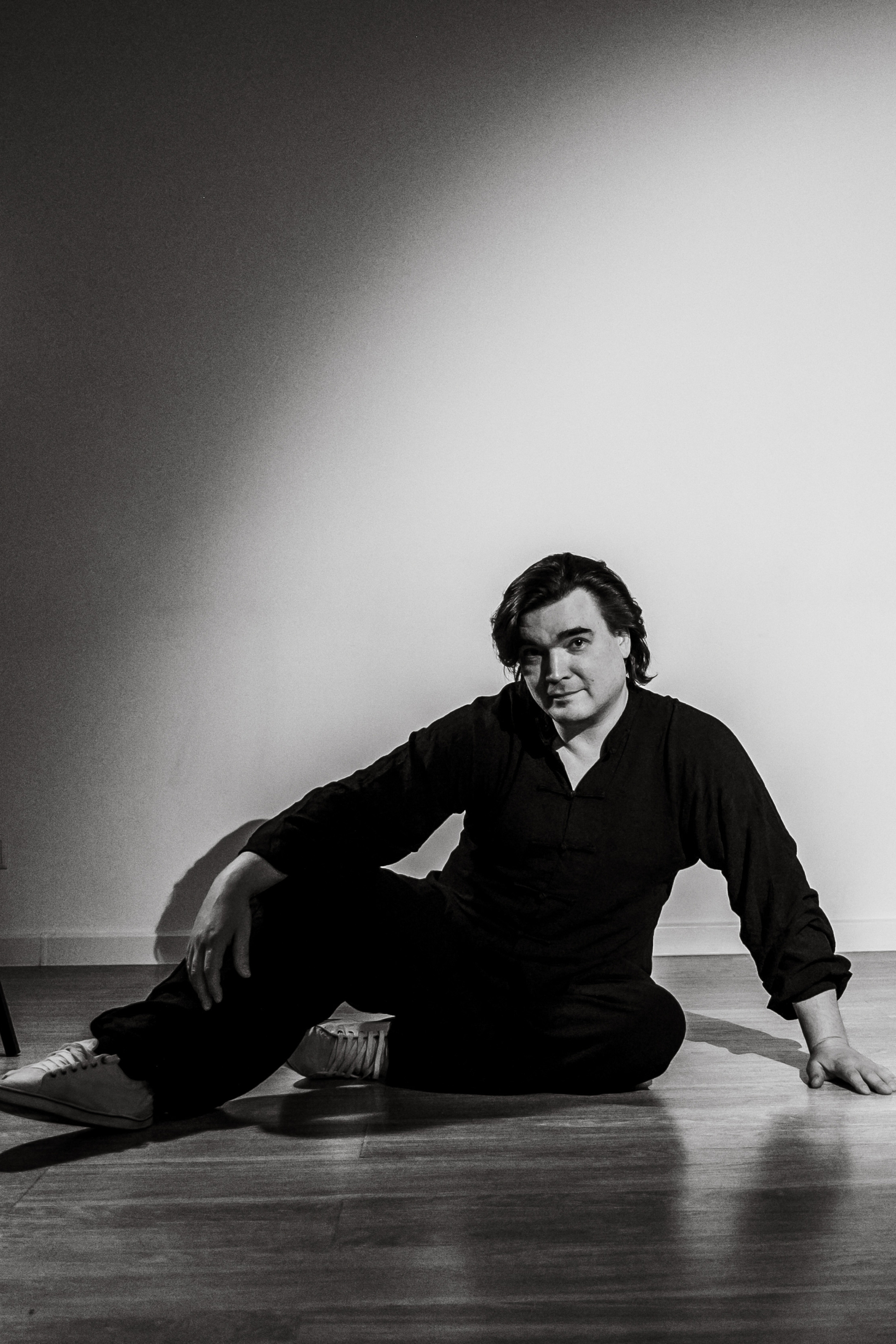
Qigong Master Roma
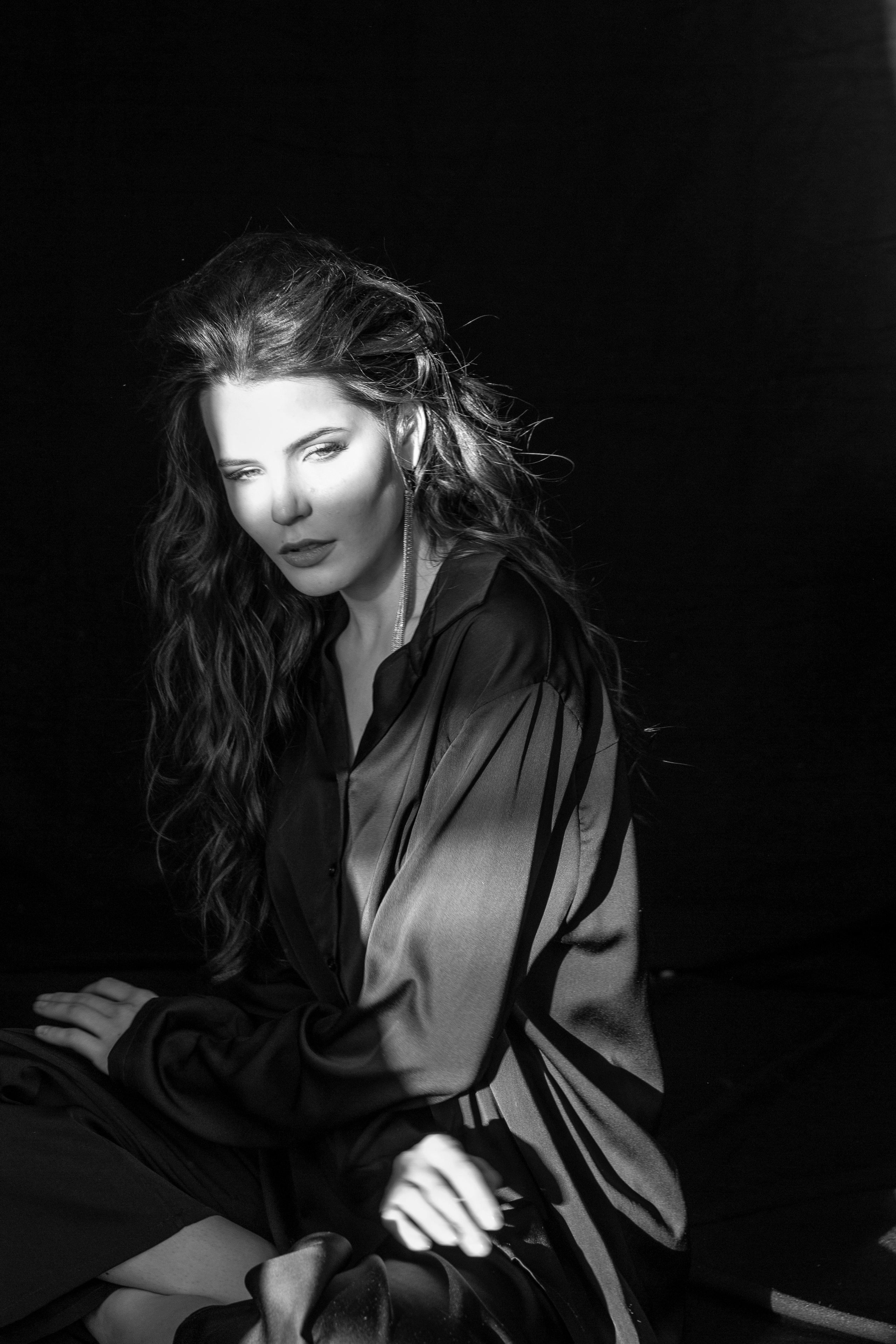
Lindbergh’s Tent.

Anastasiya
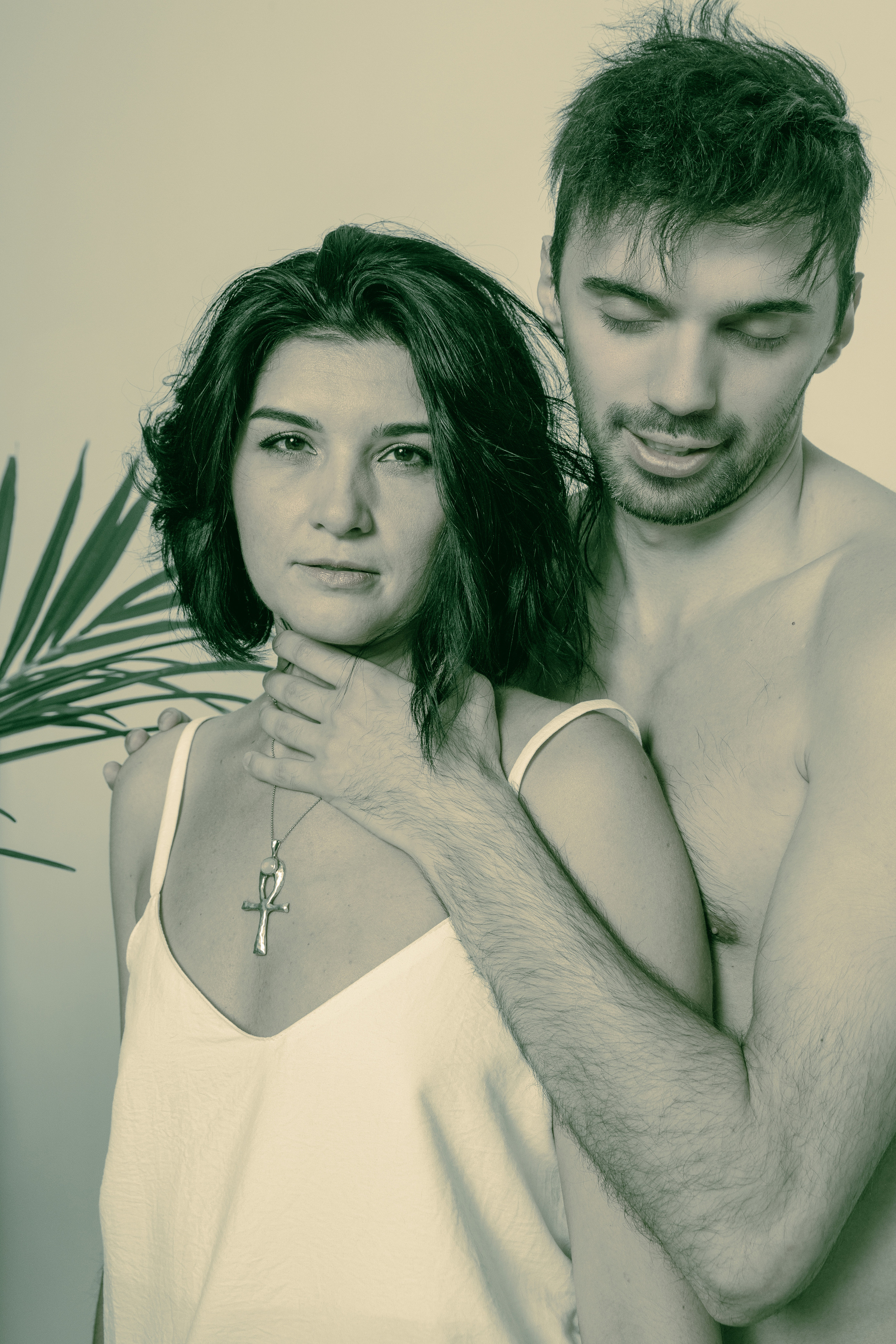
The story of the yin-yang connection. Once again about Love.
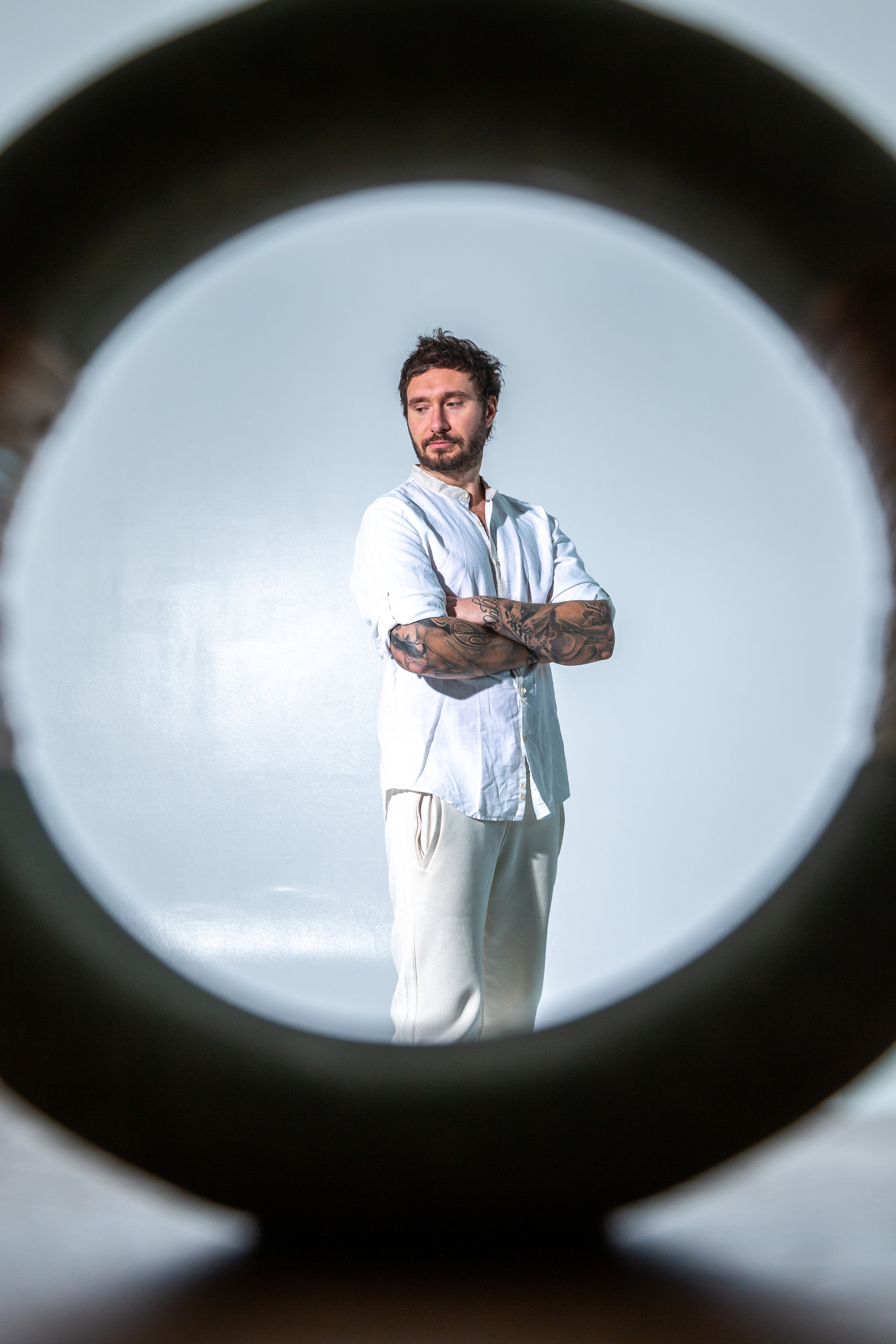
Doctor Ilia

SashA. Not what it seems.
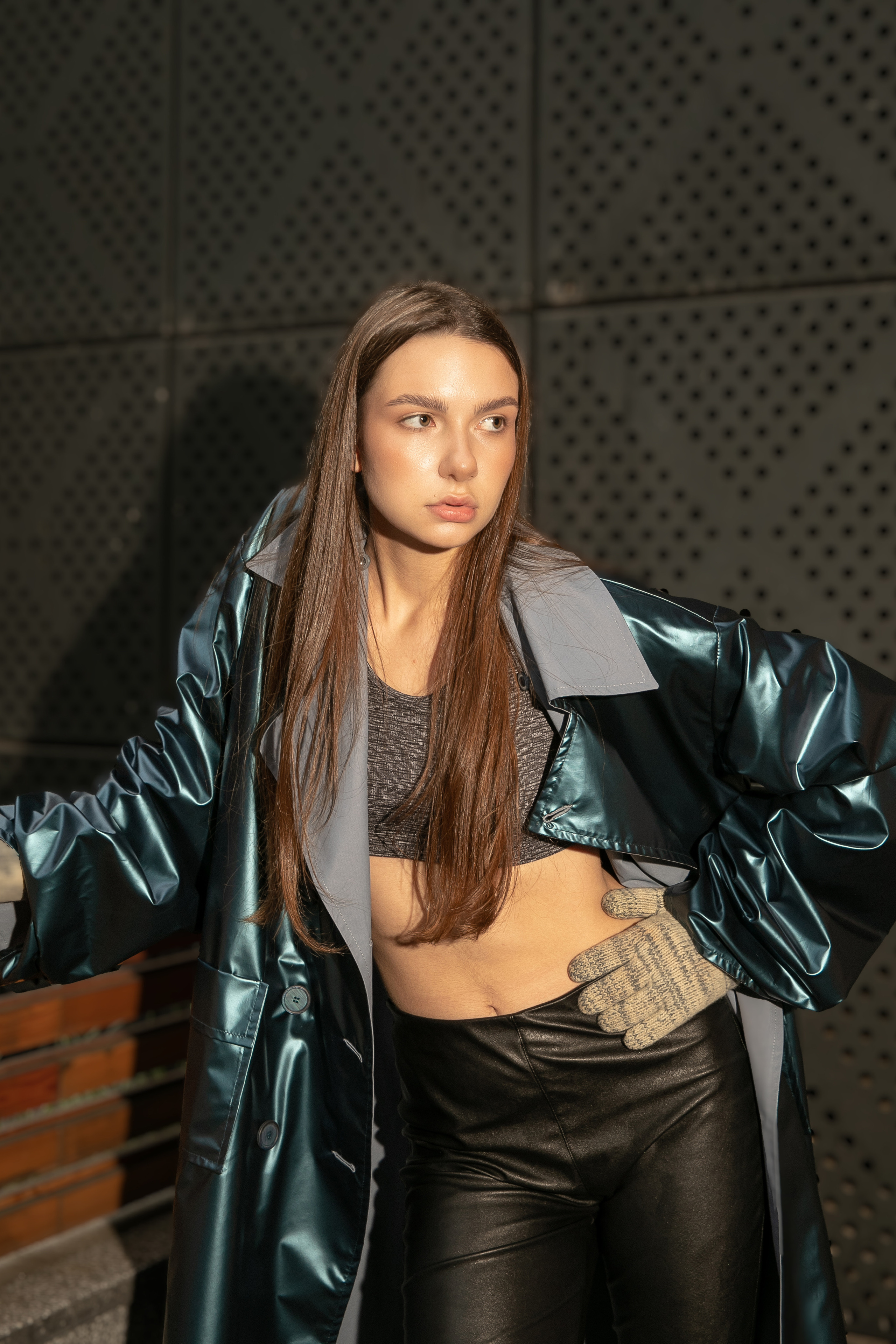
Anna Bonk. Collection of the season. Compain
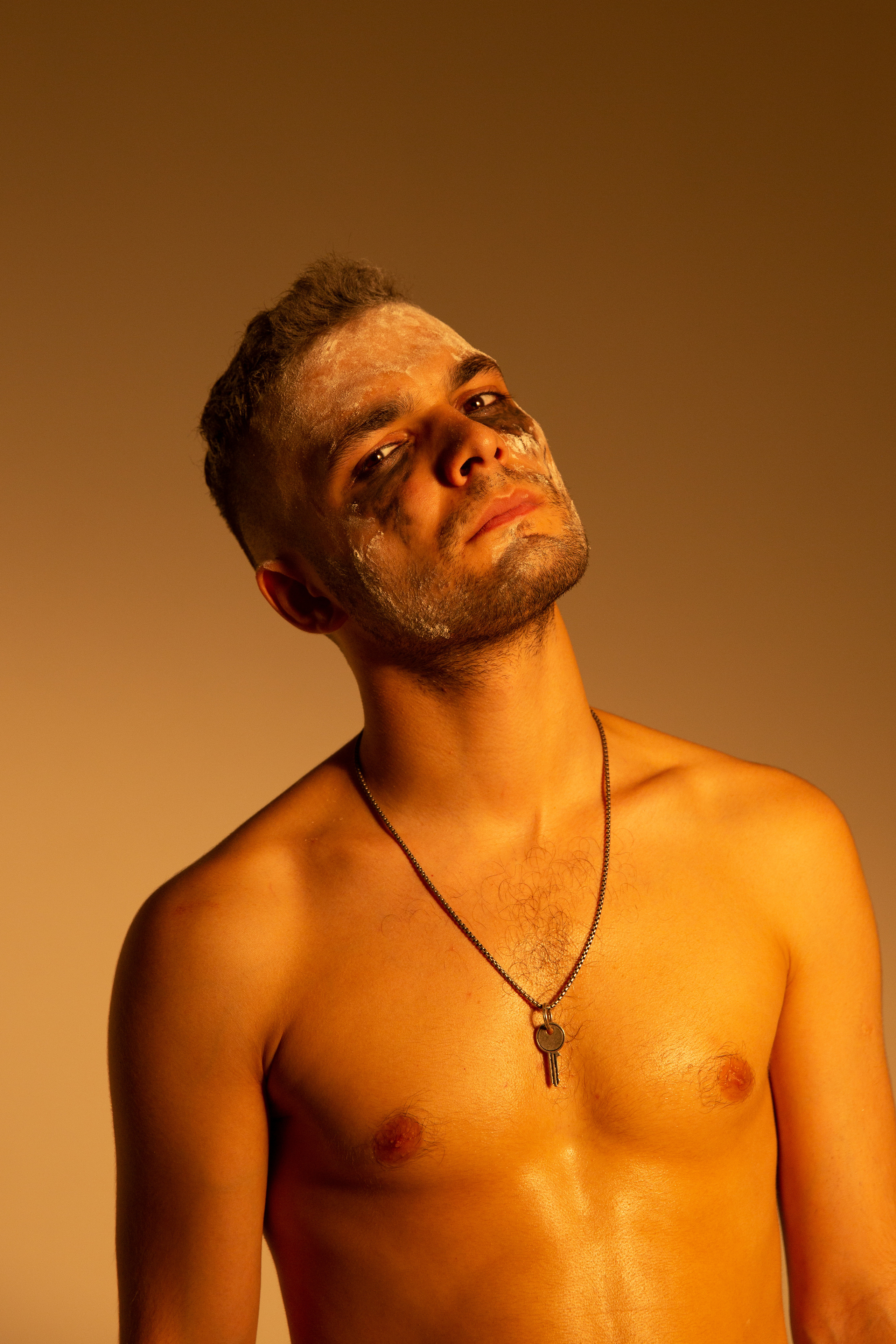
What is downshifting. I’ll explain it in pictures
